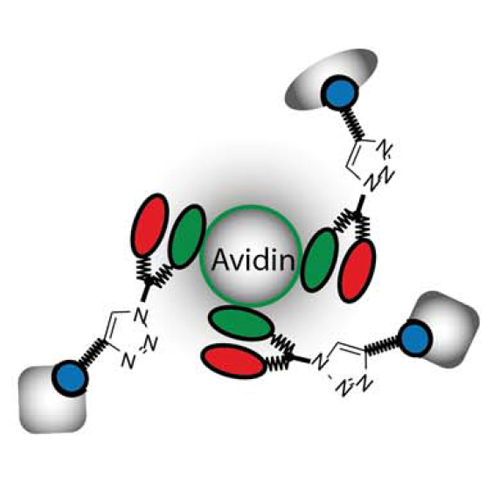α-Methylene-γ-butyrolactones attenuate Staphylococcus aureus virulence by inhibition of transcriptional regulation
21-Nov-2013
Chem. Sci., 2013, DOI: 10.1039/C3SC52228H, 5, 1158-1167 published on 21.11.2013
Chem. Sci., online article
Chem. Sci., online article
Bacterial pathogenesis is triggered by complex molecular mechanisms that sense bacterial density within an infected host and induce the expression of toxins for overriding the immune response. Virulence is controlled by a set of transcriptional regulators that directly bind to DNA promoter regions of toxin-encoding genes. Here, we identified an α-methylene-γ-butyrolactone as a potent inhibitor of Staphylococcus aureus virulence. Treatment of bacteria not only resulted in a markedly decreased expression of one of the most prominent virulence factors α-hemolysin (Hla) but also caused attenuated invasion efficiency. Mass spectrometry (MS) based target identification revealed this biological effect originating from the consolidated binding to three important transcriptional regulators SarA, SarR and MgrA. MS investigation of the binding site uncovered a conserved cysteine in all three proteins which gets covalently modified. Intriguingly, investigation of DNA binding demonstrated an impaired DNA-protein interaction upon compound treatment. The functional correlation between target binding, inhibition and the observed biological effect was proven by gene knockouts and confirmed the expected mode of action.











